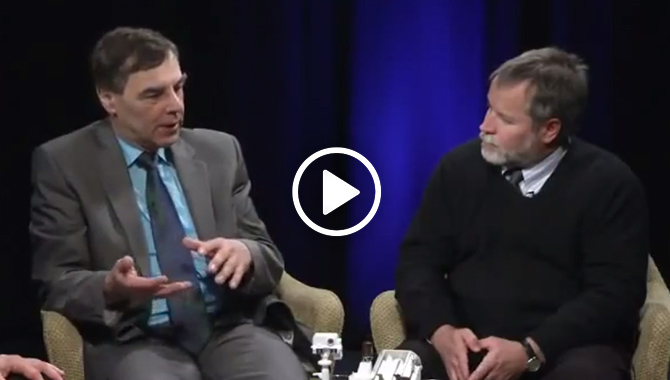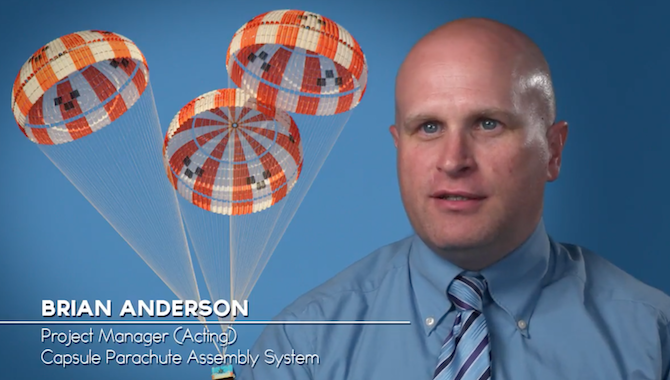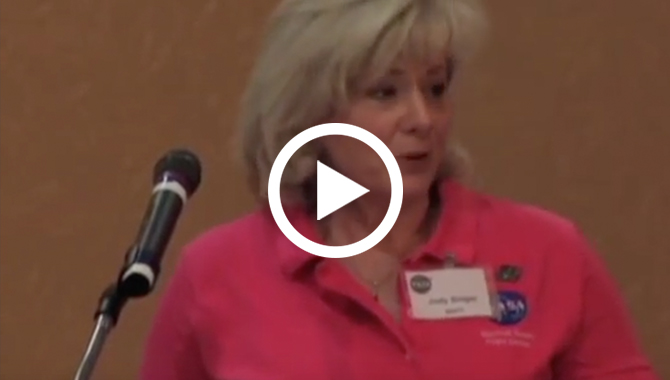At NASA, balancing the need to innovate to meet project requirements with the amount of risk you are able to tolerate is always an important consideration for leaders.
Finding a sweet spot between these two considerations can determine the likelihood of success for a project. Rob Manning, the Mars Program Engineering manager for JPL’s Mars Exploration Program and ESA project manager, Rudi Schmidt discuss this issue at the time marker 29:51 – 33:57 in the video from Masters with Masters 7.
VIDEO KEY LEARNING POINTS:
-
- 1.
Put new technology into a mission only if you need to do this for the mission’s success. Getting to the mission objective using tried-and-true technology helps to “retire risks.”
- 2.
The plan to use only proven technology almost never happens because you have new mission requirements that will bring about the need to develop new technologies and ways to succeed in the mission.
- 3.
Adding new technologies should be done if they increase the reliability and performance of a new mission.
- 4.
If you are learning from the performance of past missions, spending time and money to improve design increases reliability.
Related Resources:
NASA Case Studies on Risk
Lessons Learned Information System Search Query for Lessons on Risk
NASA APPEL Course on Risk Management:
Risk Management I
Risk Management II










